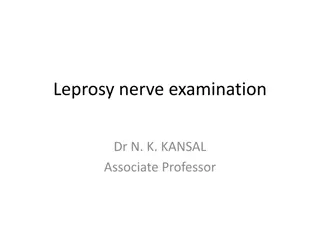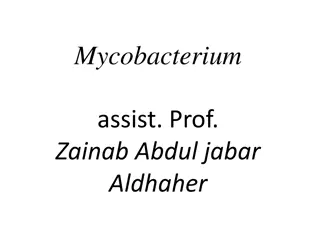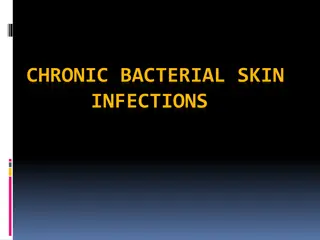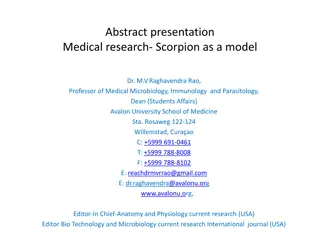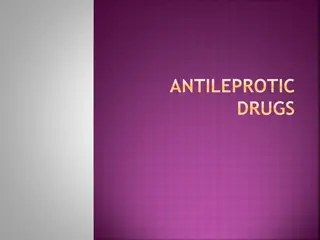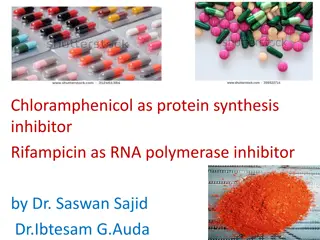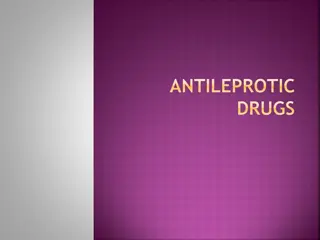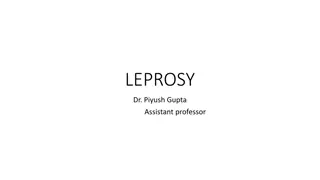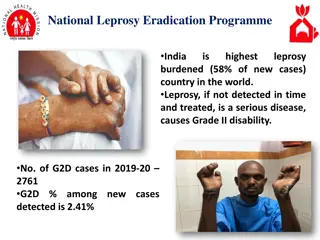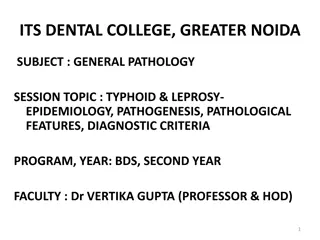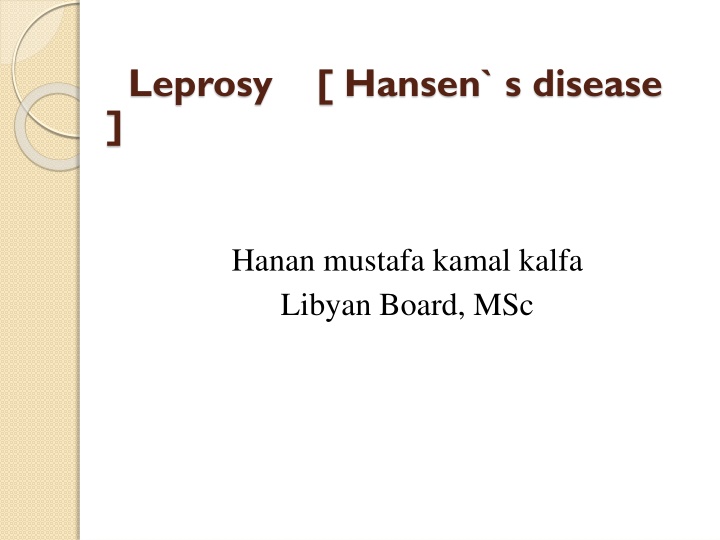
Understanding Leprosy: Causes, Diagnosis, and Treatment
Leprosy, also known as Hansen's Disease, is a chronic condition affecting the skin and nerves caused by Mycobacterium leprae. Learn about its etiology, transmission, epidemiology, and classification to gain a comprehensive understanding of this disease.
Download Presentation

Please find below an Image/Link to download the presentation.
The content on the website is provided AS IS for your information and personal use only. It may not be sold, licensed, or shared on other websites without obtaining consent from the author. If you encounter any issues during the download, it is possible that the publisher has removed the file from their server.
You are allowed to download the files provided on this website for personal or commercial use, subject to the condition that they are used lawfully. All files are the property of their respective owners.
The content on the website is provided AS IS for your information and personal use only. It may not be sold, licensed, or shared on other websites without obtaining consent from the author.
E N D
Presentation Transcript
Leprosy [ Hansen` s disease ] Hanan mustafa kamal kalfa Libyan Board, MSc
Objective Introduction Classification of leprosy Diagnosis Treatment Reaction of leprosy
Introduction Leprosy is a chronic granulomatous disease, principally affecting the skin and peripheral nervous system, caused by Mycobacterium leprae.
Etiology The causative agent of leprosy is Mycobacterium leprae M. leprae is obligate intracellular acid fast bacillus Weakley gram positive and stained by Ziehl- Neelsen method. Has never been grown in artificial media. It grow in nine- banded armadillo.
Mycobacterium leprea (skin smear) Armadillo
Etiology Replicate very slow [ 12day\once] . It grow at 27-30 c . Hence predilection for cooler areas of the body, e.g. skin, peripheral nerves, anterior chamber of eyes, upper respiratory tract and testes.
Mode of transmission The exact rout of transmission of leprosy is not fully known. The spread of leprosy is believed to via nasal discharge [ Droplets infection] .
Epidemiology The incubation period range from 2-5 years. It occurs in all age groups with the average age onset between 10-20 years, children are at greater risk . The estimated number of leprosy cases in world decreased after introduction of multidrug therapy, from 12 million in 1980 to 2.7 million in1994. 80% of the worldwide cases are found in India, Indonesia, Brazil and Nigeria.
Classification of leprosy Once the bacilli gets the body its fate will be determined by the cell mediated immunity [CMI ]. The cell mediated immunological response to M. leprae determines not only whether the disease will develop or no, but also the clinical presentation of leprosy. Individuals with high CMI will develop the Tuberculoid leprosy [ TT] while those with low CMI will develop Lepromatous leprosy [ LL] .
Clinical features of different types of leprosy 1. Indeterminate leprosy [IL] . Usually single [ if multiple less than 5] macule/ patch . Hypopigmented or faintly erythematous . Sensation normal but some time impaired The peripheral nerves normal . Slit skin smear negative.
Clinical features of different types of leprosy 2. Tuberculoid leprosy [ TT ] Usually single but may be few [ less than 5 ] Hypopigmented or erythematous plaque/ patch . Well defined border . Varying in size from few mm to several cm . The lesion is dry and hair density is low. Sensation markedly impaired . SSS is negative .
Clinical features of different types of leprosy 3. Borderline leprosy [ B L ] includes borderline tuberculoid [ BT], borderline borderline [BB ], borderline Lepromatous [BL] . If the skin lesions toward TT will be BT. If it toward LL will be BL. An in between the two is BB. Partly well-defined borders . Sensory impairments range from slight to marked. few / many asymmetrical patches / plaques. Slit skin smear, usually positive [ but in BT is negative] .
Clinical features of different types of leprosy 4. Lepromatous leprosy [LL ] Very numerous various types skin lesions, macules, patches, plaques, papules, nodules. Thinning or loss of eyebrow and eye lashes. Leonine faces may occur late the disease. symmetrically distributed all over the body. Peripheral nerves symmetrically enlarged and tender. No sensory impairment in the skin lesions SSS , always positive. Mycobacteria bacilli very abundant.
Diagnosis 1. clinical examination. 2. Slit skin smear 3. Skin biopsy
Treatment of leprosy The three drugs are used in leprosy treatment are 1. Dapson 2. Rifampicin 3. Clofazimine The combination of these drugs is known as Multi Drug Therapy [ MDT ] .
Complication of leprosy 1. Reaction of leprosy. 2. Complications of peripheral nerves. 3. Complications of eyes . 4. Complications of bones .
Reaction of leprosy There are two types of leprosy 1. Type I leprae reaction [ Reversal Reaction] 2. Type II leprae reaction[ erythema Nodosum Leprosum] [ ENL].
Type I Reversal reaction 1. Seen borderline leprosy [ BT, BB. BL ]. 2. Because of changes in CMI of the host. 3. Sudden onset. 4. Erythematous & edematous changes in the old skin lesions. 5. Appearing new skin lesions. 6. Tenderness & swelling of peripheral nerves.
Type II ENL 1. This type of reaction is seen in LL and BL. 2. It is immune- complex reaction . 3. Acute onset of constitutional symptoms. 4. Appearance of EN like skin lesions . 5. Visceral manifestation include , iridocyclitis, hepatosplenomegaly, nephritis, pleuritis, neuritis.
ENL Erythematous tender nodules Appear in crops. Occur anywhere. May be vesicular , pustular & may ulcerate.
Treatment Complete bed rest [ continue MTD] NSAID Systemic corticosteroid . Thalidoamide.

